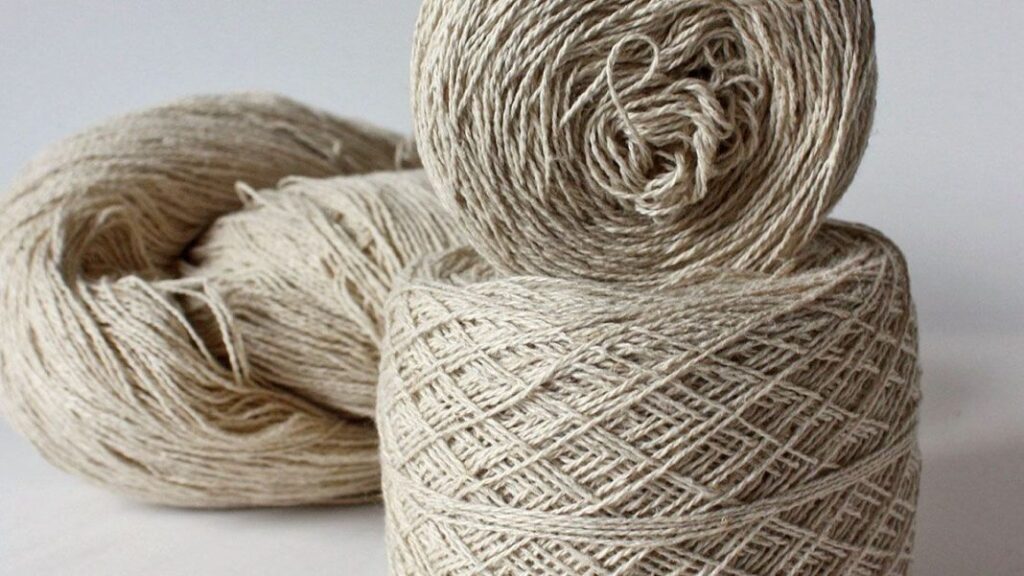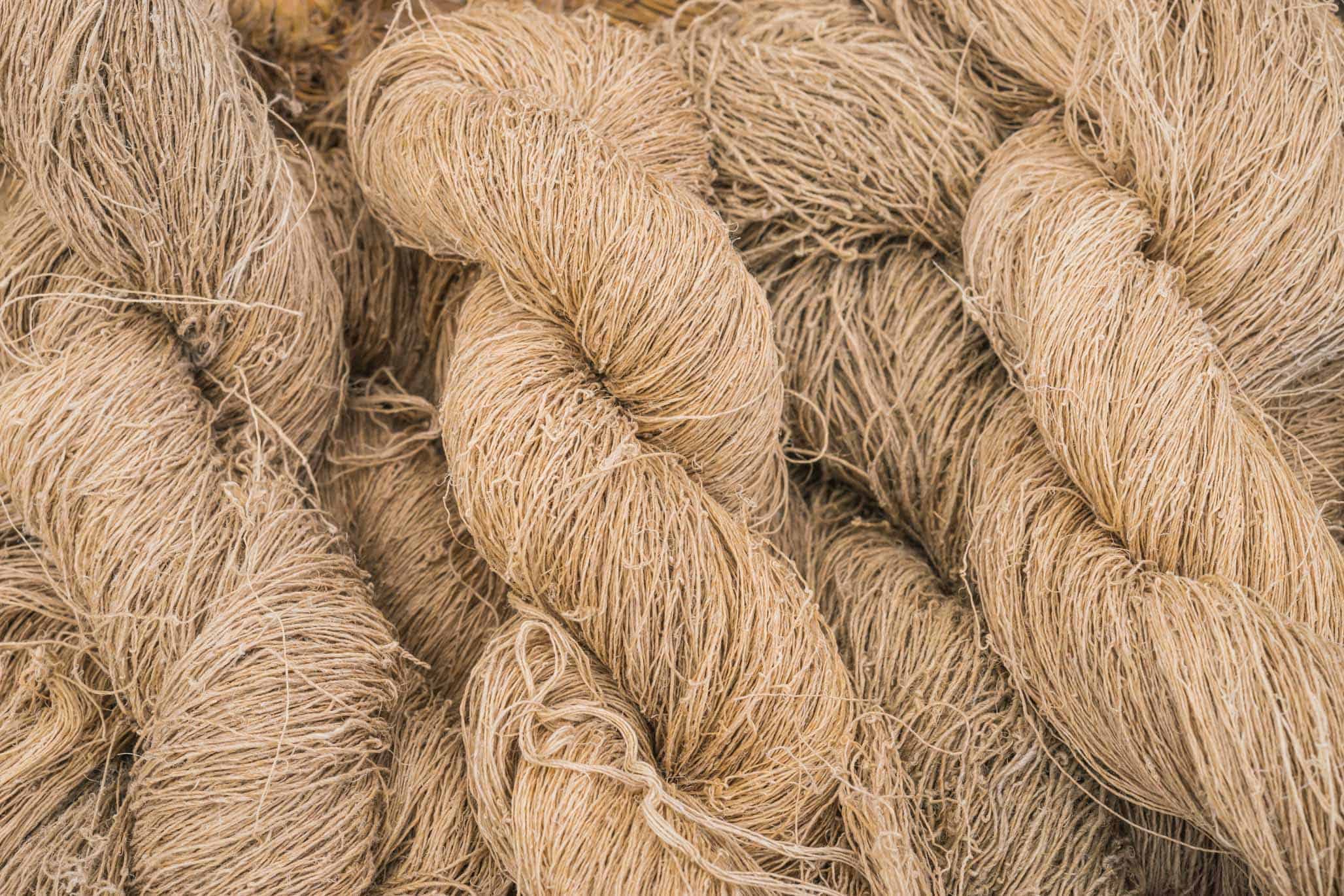The hemp fiber industry is experiencing a renaissance, driven by growing demand for sustainable materials across textiles, construction, and biocomposites. In 2023, the global hemp fiber market was valued at $1.2 billion, with projections estimating growth to $3.8 billion by 2030, at a compound annual growth rate of 17.8%. This surge is fueled by hemp’s eco-friendly properties—its ability to sequester carbon, require minimal pesticides, and grow rapidly. However, scaling production to meet this demand requires overcoming significant hurdles. Standardization and advanced equipment are pivotal in transforming hemp fiber from a niche resource to a mainstream powerhouse, enabling platforms like Hemp Fiber Online, Hemp Fiber Wholesale, and Hemp Fiber White Label to thrive.
Hemp fiber’s versatility is unmatched. It’s used in clothing, insulation, automotive parts, and even biodegradable plastics. Yet, inconsistent quality, fragmented supply chains, and outdated processing methods have historically limited its scalability. Standardization—establishing uniform quality metrics, processing protocols, and certification systems—addresses these challenges. Advanced equipment, meanwhile, boosts efficiency, reduces costs, and ensures consistency, making hemp fiber a viable competitor to cotton, synthetic fibers, and traditional construction materials. Together, these elements are reshaping the industry, creating opportunities for businesses and consumers alike.
The Standardization Imperative
Standardization is the backbone of any scalable industry, and hemp fiber is no exception. Without uniform standards, buyers on platforms like Hemp Fiber Online face uncertainty about fiber quality, length, or purity, which erodes trust and hinders large-scale adoption. In 2022, the ASTM International Committee D37 on Cannabis published standards for hemp fiber quality, including metrics for tensile strength, moisture content, and contaminant levels. These standards provide a benchmark for processors, ensuring that hemp fiber meets the needs of industries like textiles, where uniformity is critical.
For example, textile-grade hemp fiber requires a fineness of 1–3 denier and a tensile strength of 6–8 grams per denier, comparable to high-quality cotton. Standardized testing ensures that fibers meet these specifications, enabling manufacturers to produce consistent yarns and fabrics. This is particularly crucial for Hemp Fiber Wholesale markets, where bulk buyers demand reliability for large-scale production. Standardization also facilitates certifications like USDA Organic or Global Organic Textile Standard (GOTS), which enhance marketability. In 2024, 65% of hemp fiber exports from the U.S. were certified organic, a testament to the growing emphasis on standardized quality.
Moreover, standardization streamlines supply chains. By establishing protocols for harvesting, retting (the process of separating fiber from the stalk), and decortication (removing the outer bark), producers can reduce variability. This is vital for Hemp Fiber White Label brands, which rely on consistent raw materials to create private-label products like eco-friendly clothing or hemp-based composites. Without standards, white-label companies risk inconsistent products, damaging their reputation. The European Industrial Hemp Association reported that standardized processing increased supply chain efficiency by 20% in member countries, demonstrating its transformative impact.

Advanced Equipment: The Engine of Scale
While standardization sets the rules, advanced equipment drives the execution. Traditional hemp processing is labor-intensive and inefficient, often relying on manual retting and outdated decorticators. Modern machinery, however, is revolutionizing the industry. High-capacity decorticators, like those developed by Canadian Greenfield Technologies, can process 10 tons of hemp stalks per hour, compared to 1–2 tons for older models. These machines use precision cutting and separation techniques to produce cleaner, more uniform fibers, reducing waste by up to 30%.
Automated retting systems are another game-changer. Water or field retting, traditionally weather-dependent and time-consuming, can now be controlled using bioreactor tanks. These systems regulate temperature and moisture, completing retting in 48–72 hours compared to weeks for traditional methods. In 2023, a Colorado-based hemp processor reported a 40% cost reduction after adopting bioreactor retting, highlighting its economic benefits. For platforms like Hemp Fiber Online, this means a steady supply of high-quality fiber, enabling small-scale buyers to access premium materials without prohibitive costs.
Advanced equipment also supports sustainability. Energy-efficient decorticators and retting systems reduce the carbon footprint of hemp processing. A 2024 study by the Hemp Industries Association found that modern equipment lowered energy consumption by 25% compared to legacy systems. This aligns with hemp’s eco-friendly ethos, making it more appealing to environmentally conscious consumers and businesses. For Hemp Fiber Wholesale markets, efficient equipment translates to lower prices, with bulk hemp fiber prices dropping from $2.50 per pound in 2020 to $1.80 in 2024, according to market data.
Bridging the Gap: From Farm to Market
The synergy of standardization and advanced equipment bridges the gap between hemp farms and global markets. Standardized quality metrics ensure that fibers processed with cutting-edge machinery meet buyer expectations, whether for textiles, construction, or biocomposites. For instance, the automotive industry, which used 15,000 tons of hemp fiber in 2023 for door panels and dashboards, demands precise specifications. Standardized, machine-processed fibers meet these requirements, enabling companies like BMW and Ford to incorporate hemp into their supply chains.
Hemp Fiber White Label brands benefit similarly. These companies, often smaller enterprises, rely on consistent raw materials to create branded products without investing in their own processing facilities. Advanced equipment ensures that suppliers can deliver uniform fibers, while standardization guarantees quality. In 2024, white-label hemp products accounted for 12% of the U.S. hemp market, a figure expected to double by 2028 as standardization and equipment improve.
Platforms like Hemp Fiber Online play a crucial role in this ecosystem. By connecting producers with buyers, they democratize access to standardized, high-quality hemp fiber. These platforms often integrate quality certifications into their listings, allowing buyers to filter for organic or GOTS-certified fibers. In 2023, Hemp Fiber Online reported a 35% increase in transactions, driven by improved supply chain reliability. Similarly, Hemp Fiber Wholesale markets benefit from bulk processing capabilities, with large-scale producers leveraging advanced equipment to meet rising demand.
Challenges and Opportunities Ahead
Despite progress, challenges remain. High initial costs for advanced equipment—often $500,000 or more for a single decorticator—can deter small producers. Government subsidies, like those offered in Canada and the EU, have helped, with 40% of Canadian hemp processors receiving grants in 2023. Standardization also faces hurdles, as global adoption of unified metrics lags. The U.S., EU, and China, the top hemp-producing regions, use different standards, complicating international trade. Harmonizing these standards could boost global hemp fiber exports, projected to reach $2.5 billion by 2030.
Opportunities abound, however. Innovations like AI-driven quality control systems are emerging, with companies using machine vision to detect fiber impurities in real time. This technology, adopted by 10% of U.S. processors in 2024, enhances standardization and reduces labor costs. Additionally, consumer demand for sustainable products is driving investment. In 2023, venture capital funding for hemp processing startups reached $300 million, signaling confidence in the industry’s future.
The Future of Hemp Fiber
Scaling hemp fiber production hinges on the twin pillars of standardization and advanced equipment. Standardization ensures quality and trust, while cutting-edge machinery boosts efficiency and sustainability. Together, they enable platforms like Hemp Fiber Online, Hemp Fiber Wholesale, and Hemp Fiber White Label to meet growing demand, from eco-conscious consumers to industrial giants. As the industry evolves, continued investment in technology and global cooperation on standards will be critical. By 2030, hemp fiber could redefine sustainable manufacturing, proving that a humble plant can power a greener, more innovative future.
Discover premium hemp fiber with NanoHempTechLabs, your trusted partner in Hemp Fiber Wholesale. Leveraging advanced equipment and strict standardization, we deliver consistent, high-quality fibers for textiles, construction, and biocomposites. Our eco-friendly products meet ASTM D37 standards, ensuring tensile strength and purity for seamless integration into your supply chain. Join the sustainable revolution with our USDA Organic-certified fibers, processed for efficiency and reliability. Perfect for Hemp Fiber White Label brands seeking excellence. Elevate your business with NanoHempTechLabs’ cutting-edge solutions. Schedule a call today to explore our wholesale offerings and unlock your brand’s potential!
Reference:
- Mariz, J., Guise, C., Silva, T., Rodrigues, L., & Silva, C. (2024). Hemp: from field to fiber—a review. Textiles, 4(2), 165-182. https://doi.org/10.3390/textiles4020011
- Promhuad, K., Srisa, A., San, H., Laorenza, Y., Wongphan, P., Sodsai, J., … & Harnkarnsujarit, N. (2022). Applications of hemp polymers and extracts in food, textile and packaging: a review. Polymers, 14(20), 4274. https://doi.org/10.3390/polym14204274





